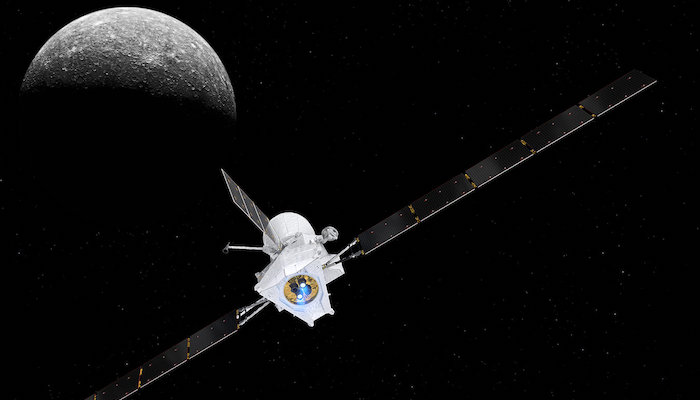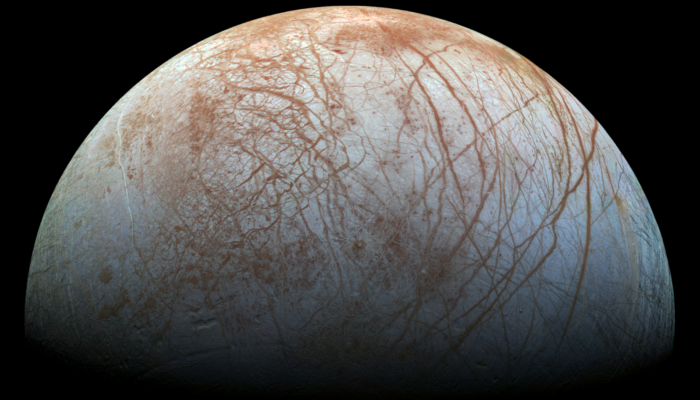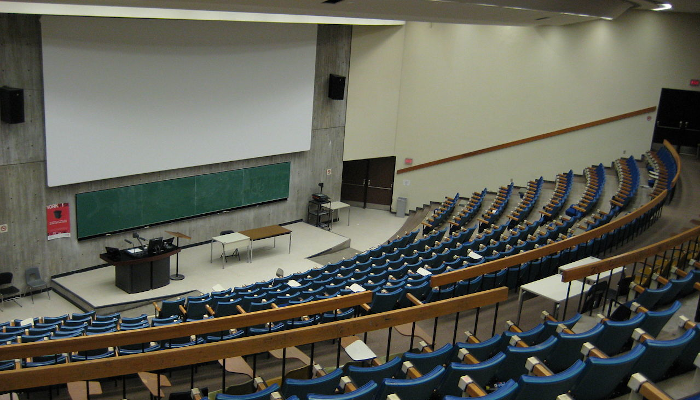“Europa may be one of the most promising places in our solar system to find present-day environments suitable for some form of life beyond Earth.” This week in News & Views, Kevin Trinh, a PhD student at Arizona State University, discusses how his recent works on Jupiter’s moon Europa can enlighten us about the evolution of Europa’s interior. One of the most promising p ...[Read More]
On the way back to Mercury

It is the smallest planet of the Solar System, the closest to the Sun and the quickest at orbiting around it, the one with the least inclined and most elongated orbit, the only one where a day lasts two-thirds of a full year, the one with the highest bulk density. Mercury is a planet of extremes, but rarely visited by space missions (compared to Mars, Venus and the Moon). This week Dr. Nicola Tosi ...[Read More]
Starting to teach? Here are 3 tips!
Starting to teach a course at a university can be an exciting but daunting experience. In today’s post Menno Fraters shares his experiences of starting to teach a class of 100+ students during the challenging time of the COVID-19 pandemic. He provides three quick tips for when you start teaching, that may be useful for teaching in academics. During your time as a PhD student, you may have al ...[Read More]
The Moon – A small but significant tale about impacts, basins, volcanism, and time

This week on the GD Blog we are taking a magical geodynamicist’s mystery tour to our planet’s Moon thanks to Tobias Rolf, Researcher at the Centre for Earth Evolution and Dynamics (CEED) at the University of Oslo, Norway (currently a Visiting Researcher at the Institute of Geophysics at the University of Münster, Germany). Imagine you are orbiting the Earth at an altitude of a few hun ...[Read More]


